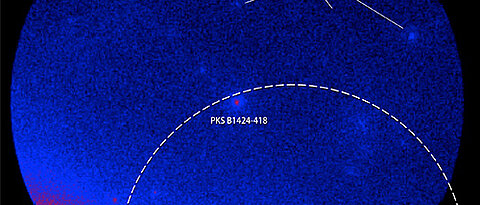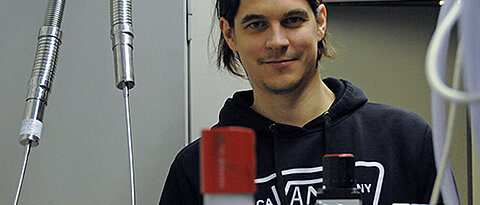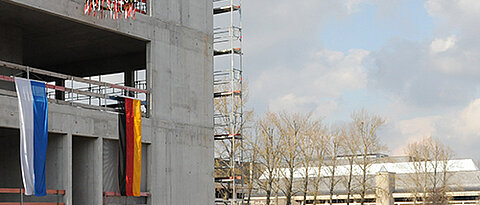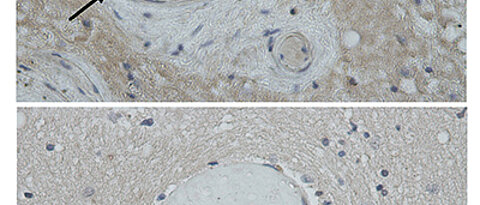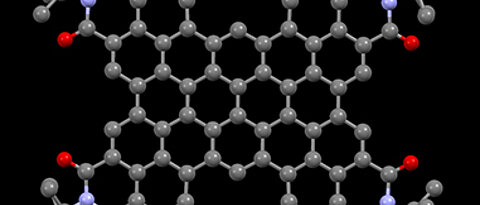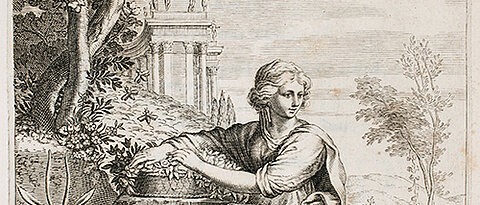Hermits in American culture
04/29/2016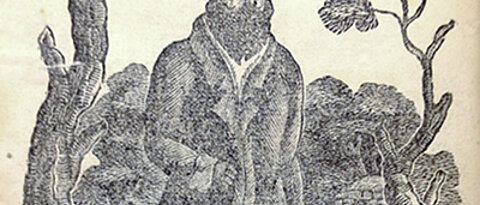
19th century recluses who withdrew to the solitude of caves – modern people who deliberately live a life of abstinence: these are parallels drawn by Ina Bergmann, an American Studies scholar. Her research on the subject has been rewarded with two scholarships.
more

